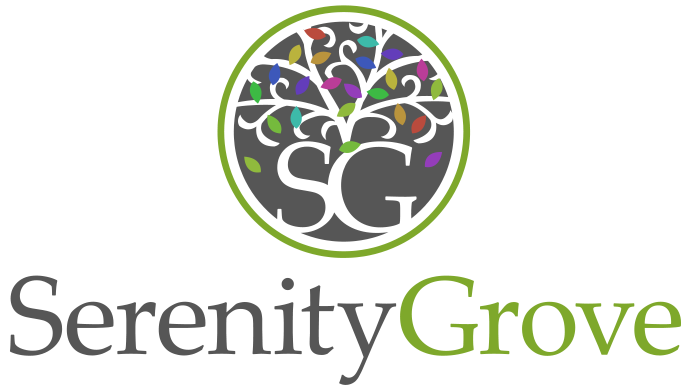Trauma is often at the root of mental health and substance use disorders. After all, it’s only natural for people to want to self-medicate the pain and suffering. As a result, trauma therapy can play a vital role in the recovery process for people who bring past experiences of trauma into addiction treatment. Learn more about Serenity Grove’s mental health services in Athens, Georgia by calling 844.904.3485.
How To Treat Trauma in Therapy
It is estimated that about half the population experiences serious trauma. This experience makes healing more complex. Most forms of addiction treatment are trauma-informed and take people’s experiences with trauma into account. In addition, specialized trauma therapy is another option that people in recovery can take advantage of through providers like Serenity Grove.
Trauma therapy is a broader category that can be broken down into distinct therapeutic methods. A few examples of how to treat trauma in therapy include:
- Prolonged exposure
- Cognitive processing therapy
- Trauma-focused cognitive behavior therapy
- Eye movement desensitization and reprocessing
Those therapeutic methods utilize a series of granular techniques to treat trauma and help clients move forward. These techniques are explored in more detail in the following section.
Common Trauma Therapy Techniques
Trauma therapy relies on various techniques that help people process what they have gone through to unlock their healing potential. Five of these techniques are detailed below.
Imaginal Exposure
Imaginal exposure is imagining past trauma and describing it to a therapist. This technique is best for people who have been avoiding their trauma and trying not to think about it. The process of airing trauma is necessary to move beyond its confines.
In Vivo Exposure
In vivo exposure is an extension of imaginal exposure in that it requires people to put themselves in a situation that may be triggering. The purpose is to guide people through facing daily situations they may be avoiding because of their connection to past trauma. One example could be someone whose trauma is connected to a vehicular accident who now must drive a different, longer route to work to avoid the site of the accident. In vivo exposure would help that person navigate returning to their previous route by slowly and safely exposing them to the site of the accident.
Written Account
Doing a written account during trauma therapy is exactly what it sounds like. The therapist guides a patient through writing about their experience of trauma as a means of processing it. The written account may also be read aloud as a secondary step in the writing process.
Impact Statement
The impact statement is a technique that is most used in cognitive processing therapy. This is similar to a written account but is more focused beyond just describing the trauma. An impact statement asks clients to write or share why they think a traumatic event occurred and what impact that event has had on their life.
Cognitive Restructuring Strategies
Cognitive restructuring strategies are an approach during trauma therapy that focuses on modifying unhelpful patterns of thinking. This could be a negative self-belief or self-esteem issue that is holding back progress during recovery. For example, many people come to believe they are at fault for the trauma they experienced or somehow deserve their trauma. This is often true of people who experience sexual or physical abuse in childhood. Coming to believe the opposite of those negative beliefs is important for moving forward.
Access Trauma Therapy Near Me at Serenity Grove
Trauma is often at the core of addiction issues, which is why so many addiction treatment therapies are trauma-informed. If you or a loved one is struggling with addiction, it may be due in part to past trauma. Get in touch with Serenity Grove to begin your healing journey by contacting us at 844.904.3485. We can explain how we treat trauma in therapy and help you find the right treatments for your needs.


